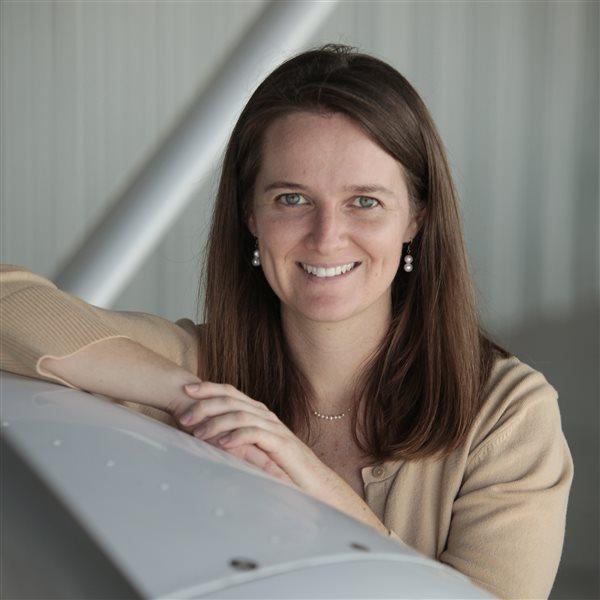Darkness falls
It’s a different world at night
When we are transitioning to a different aircraft, we focus on learning new systems, programming the avionics, getting the feel of the aircraft through stalls and slow flight, and mastering takeoffs, landings, and emergency procedures. We practice the operations we’ll be doing most in that aircraft, such as instrument, cross-country, or backcountry flying. One aspect of transition training that shouldn’t be overlooked is night flying. Flying the aircraft at night can expose illusions we might be more susceptible to because of the aircraft’s different performance and outward visibility.

While I was transitioning from a Cessna 170B, a 145-horsepower taildragger, to a Piper Lance, a complex, high-performance 300-horsepower aircraft, I completed most of my training during the day. My instructor and I then flew at night. Even though I had started to develop a feel for the airplane, flying at night felt foreign in it.
The VFR-only Cessna 170 accelerates and climbs slowly, and I could see city lights over the nose and outside the windows beneath the high wings. The excellent outward visibility provided enhanced situational awareness during takeoff, climb, cruise, descent, and landing (and helped to compensate for its poor panel lighting). By contrast, the Piper Lance accelerates much quicker and has a much steeper pitch-up climb; its combination of low wings and a long engine cowling prevented visual cues from the ground. Departing from a lighted airport into a dark sky with no outside visual cues was the classic setup for the somatogravic head-up illusion, and I had to resist the urge to lower the nose and quickly transition to scanning my instruments during the climbout.
I also had to reference my instruments more during power reductions, landing gear reconfigurations, and flap changes. Reducing power slowly prevented the somatogravic head-down illusion that can occur during sudden deceleration. However, with outside ground visual cues gone, I couldn’t sense the aircraft sinking with power reductions or landing gear extension. I could lose 300 feet without knowing it. This was particularly problematic in the traffic pattern. While tracking the glideslope on final, if I didn’t regularly glance at my airspeed and rate of descent, I would sink below the glidepath even with the smallest throttle reduction.
When we are transitioning to another aircraft, particularly with vast differences in horsepower, power-off glide, outward visibility, landing gear (tricycle, tailwheel, amphibious floats, and so on), and cockpit lighting, we should do at least one of our transition training lessons at night. Plan a flight to another airport before jumping into pattern work at night and do a few maneuvers along the way that target any of the key differences (from slow flight to landing gear extension/retraction, and power-off glides). This allows more time to acclimate to the different rates of climb and descent and corresponding pitch sight pictures, higher or lower cruise speeds, and effect of landing gear configuration changes at altitude versus in the traffic pattern where there’s less margin for error. The more we practice at night, the more we learn to anticipate illusions, pitch/power inputs, and flap and landing gear configuration changes and stay ahead of the airplane through all phases of flight, even with fewer outside visual cues.
Night transition training paid dividends the first time I flew my husband and children. We were flying from Indiana to Ohio at night and they were all in the back. I was confident in my abilities to fly the Piper Lance. When I wasn’t happy with my approach to land, I performed a go-around, flew the pattern again, and made an excellent landing—no spatial disorientation, no fears of getting behind the aircraft. We hadn’t planned to return to Ohio at night, but having thoroughly transitioned to the airplane in night conditions made this trip a nonevent.



